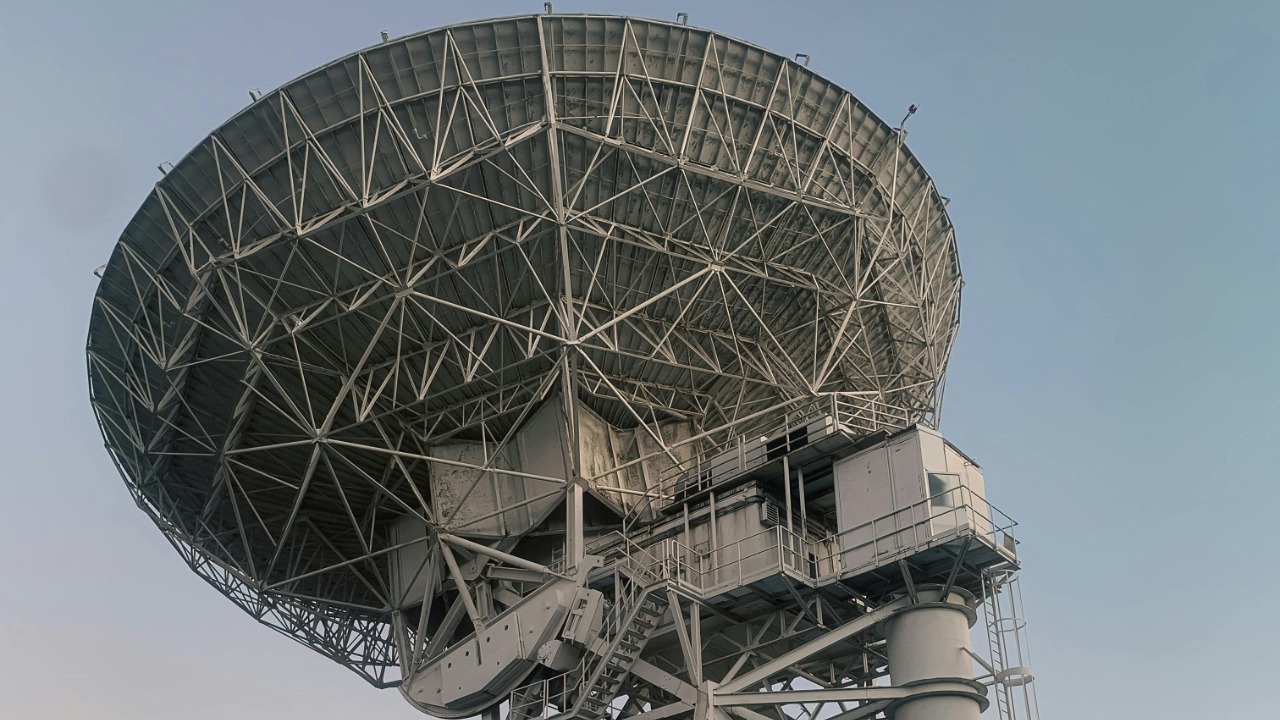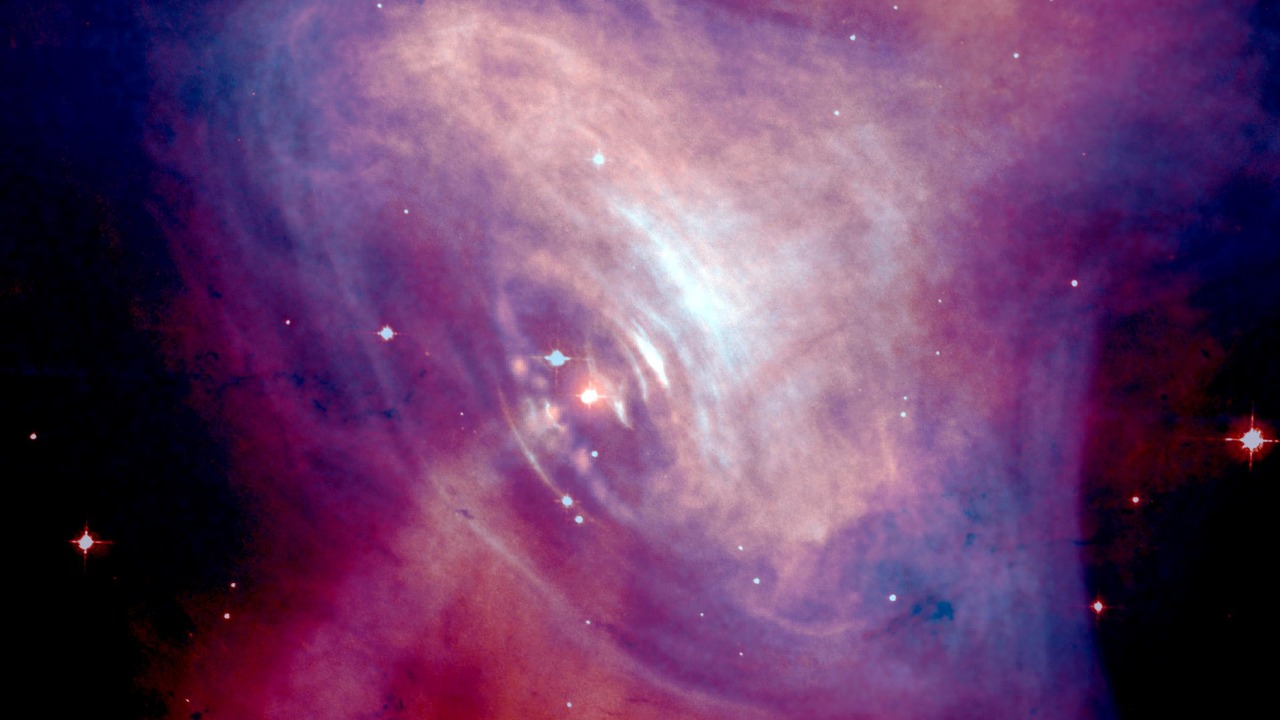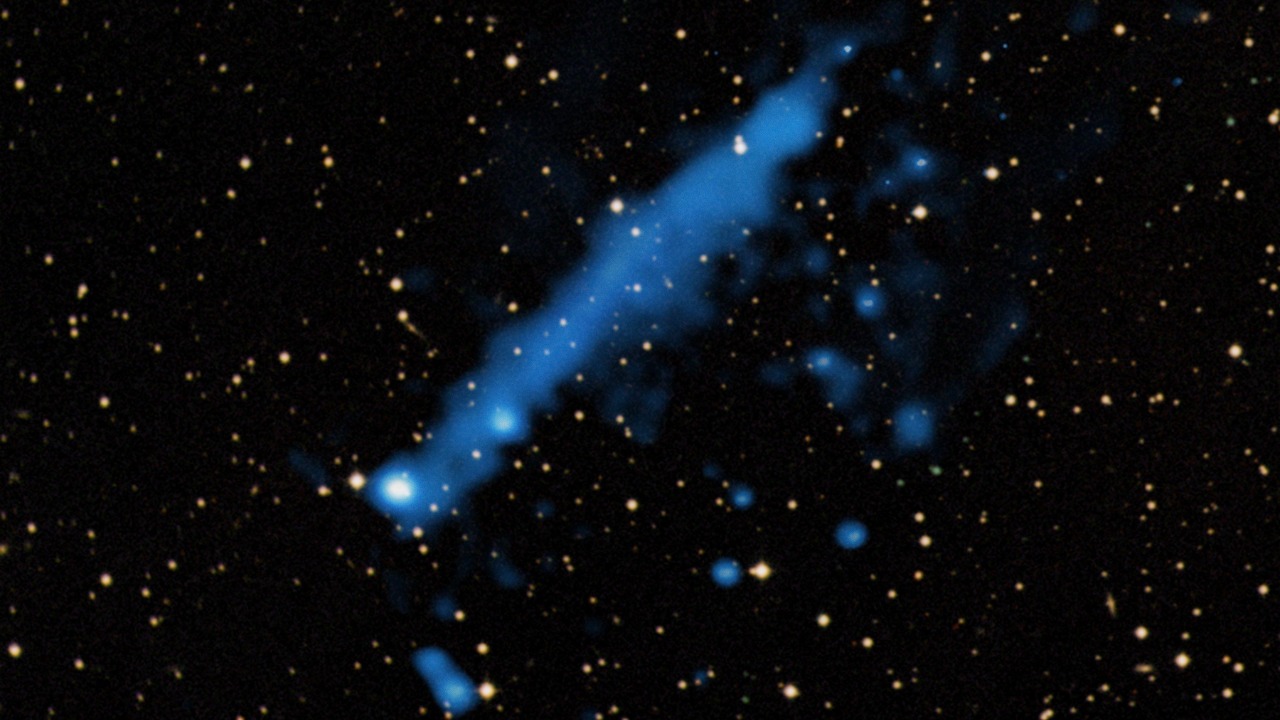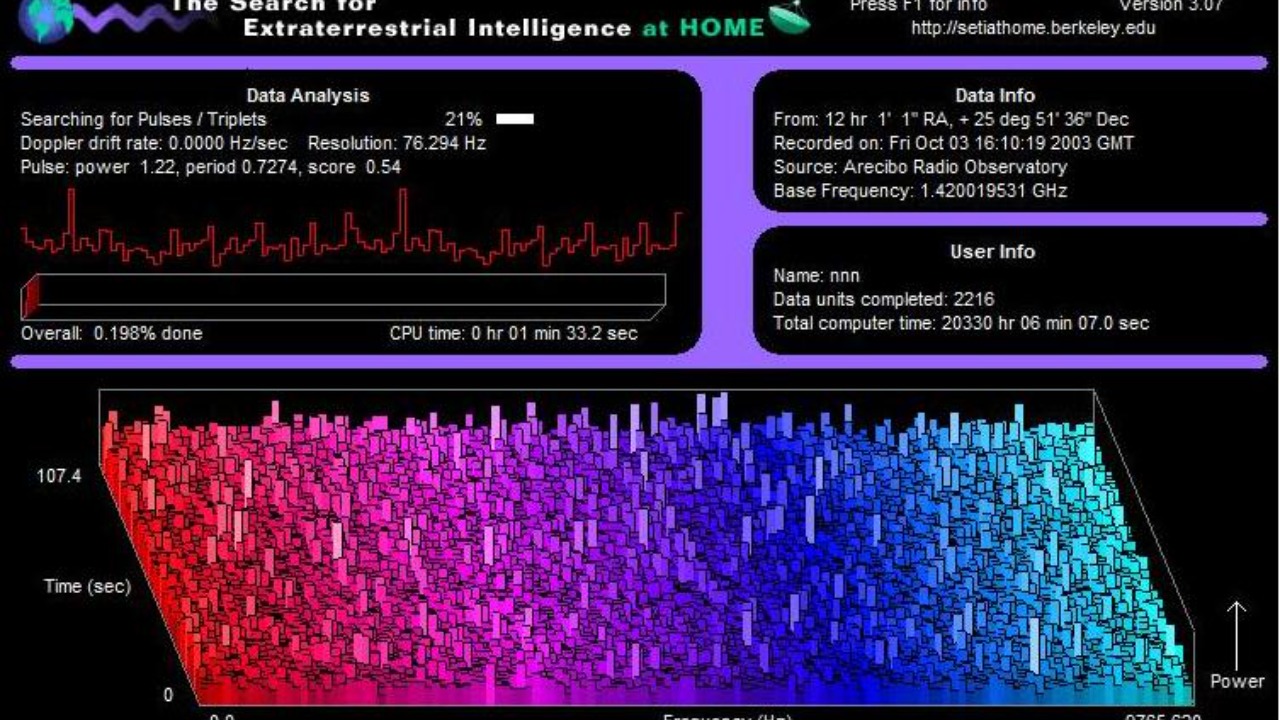
Pulsars, rapidly spinning neutron stars, emit beams of radiation detectable from Earth. While traditionally studied as astrophysical phenomena, some scientists speculate that pulsars could serve as beacons for extraterrestrial civilizations. This intriguing possibility suggests pulsars might be used as intentional signals to communicate with other intelligent life forms.
The Nature of Pulsars

Definition and Characteristics
Pulsars are fascinating celestial objects formed from the remnants of supernovae, the explosive deaths of massive stars. These remnants, known as neutron stars, possess extreme densities and are composed almost entirely of neutrons. What sets pulsars apart is their rapid rotation, which can reach speeds of hundreds of times per second, and their intense magnetic fields. These magnetic fields, coupled with their rotation, generate beams of electromagnetic radiation that sweep across space like lighthouse beams as the pulsar spins.
Detection and Observation
Pulsars are detected using radio telescopes that pick up their consistent and periodic signals. These signals are highly regular, making pulsars some of the most precise natural clocks in the universe. Observing pulsars has become a cornerstone of astronomical research, helping scientists probe the interstellar medium and measure cosmic distances. The regularity of pulsar signals has even been used to test theories of general relativity, providing insights into the fundamental laws governing our universe.
Scientific Significance
Pulsars have also played a crucial role in advancing our understanding of physics. By observing the timing of pulsar signals, scientists have been able to conduct experiments that would be impossible on Earth. For instance, pulsars in binary systems serve as natural laboratories for testing Einstein’s theory of general relativity under extreme conditions. Moreover, pulsars are used as cosmic lighthouses to map the galaxy, offering a unique perspective on the structure and dynamics of the Milky Way.
The Hypothesis of Pulsars as Alien Beacons

Historical Context
The idea that pulsars could be artificial signals dates back to their discovery in the 1960s. Initially, their regularity led some to speculate about extraterrestrial origins, a hypothesis that was met with skepticism. Over the years, this idea has evolved into the broadcast network model, which suggests that pulsars might be part of an interstellar communication network.
Broadcast Network Model
The broadcast network model posits that pulsars could serve as a form of galactic communication system, allowing advanced civilizations to send signals across vast distances. This model theorizes that pulsars might be strategically placed or manipulated to generate signals that can be deciphered by other intelligent beings. The mechanisms for such transmissions remain speculative, but the concept continues to intrigue scientists and enthusiasts alike.
Arguments and Counterarguments
Proponents of the pulsar beacon hypothesis argue that the regularity and persistence of pulsar signals make them ideal candidates for interstellar communication. However, critics point out the enormous energy requirements and the lack of direct evidence supporting this theory. Alternative explanations for pulsar regularity, such as their formation and evolutionary processes, remain more widely accepted in the scientific community. Nonetheless, the possibility of pulsars as alien beacons keeps the debate alive.
Technological and Methodological Challenges

Signal Distortion and Noise
One of the primary challenges in studying pulsars as potential alien beacons is distinguishing between natural emissions and artificial signals. The universe is filled with cosmic noise and signal distortion, complicating efforts to identify patterns indicative of extraterrestrial technology. Advanced signal processing techniques are required to filter out this noise and enhance the clarity of pulsar signals.
Data Interpretation
Interpreting pulsar data is another significant challenge. Scientists must develop methodologies to search for patterns that could suggest intelligent design. This involves analyzing the timing, frequency, and modulation of pulsar signals to identify anomalies that might indicate artificial origins. Such analysis requires sophisticated algorithms and computational power, pushing the limits of current technology.
Advancements in Detection Technology
Recent advancements in telescope technology and data analysis offer hope for overcoming these challenges. New instruments, such as the Square Kilometre Array, promise unprecedented sensitivity and resolution, enabling researchers to detect subtle variations in pulsar signals. These technological leaps, combined with improved data analysis techniques, could enhance our ability to discern potential alien signals from pulsars.
Implications for SETI (Search for Extraterrestrial Intelligence)

Expansion of Search Criteria
The pulsar beacon hypothesis could significantly broaden the scope of SETI research. Traditionally, SETI has focused on detecting radio signals from intelligent civilizations. However, considering pulsars as potential beacons encourages scientists to explore new data parameters and methodologies, expanding the range of possible signals beyond conventional radio waves.
Potential Discoveries
If pulsars were found to be alien beacons, the implications would be profound. Such a discovery would revolutionize our understanding of extraterrestrial life and technology, providing insights into the capabilities and intentions of advanced civilizations. It would also raise questions about the nature of communication across the cosmos and the potential for establishing contact with other intelligent beings.
Ethical and Philosophical Considerations
The search for extraterrestrial intelligence raises ethical and philosophical questions about humanity’s place in the universe. Discovering pulsars as alien beacons would prompt debates about the risks and benefits of contacting alien civilizations. These discussions touch on issues of cosmic diplomacy, the preservation of human culture, and the potential impacts on society and religion.
Pulsars in Popular Culture and Public Perception

Media Representations
Pulsars and the idea of alien beacons have captured the imagination of science fiction writers and filmmakers. From novels to movies, these concepts have been explored in various narratives, shaping public perception and sparking interest in astronomy. Such representations often highlight the mystery and wonder of the universe, inspiring audiences to ponder the possibility of life beyond Earth.
Educational Opportunities
Pulsars offer valuable opportunities for education and outreach. By incorporating pulsars into educational initiatives, scientists and educators can help increase public understanding of complex astrophysical concepts and the search for extraterrestrial life. Programs and workshops can engage students and the general public, fostering curiosity and support for scientific research.
Public Engagement
Engaging the public in discussions about pulsars and their potential as alien beacons is crucial for fostering interest in science and exploration. Initiatives such as public lectures, planetarium shows, and online forums provide platforms for sharing knowledge and encouraging dialogue. These efforts can help cultivate a sense of wonder and appreciation for the universe, inspiring future generations of scientists and explorers.